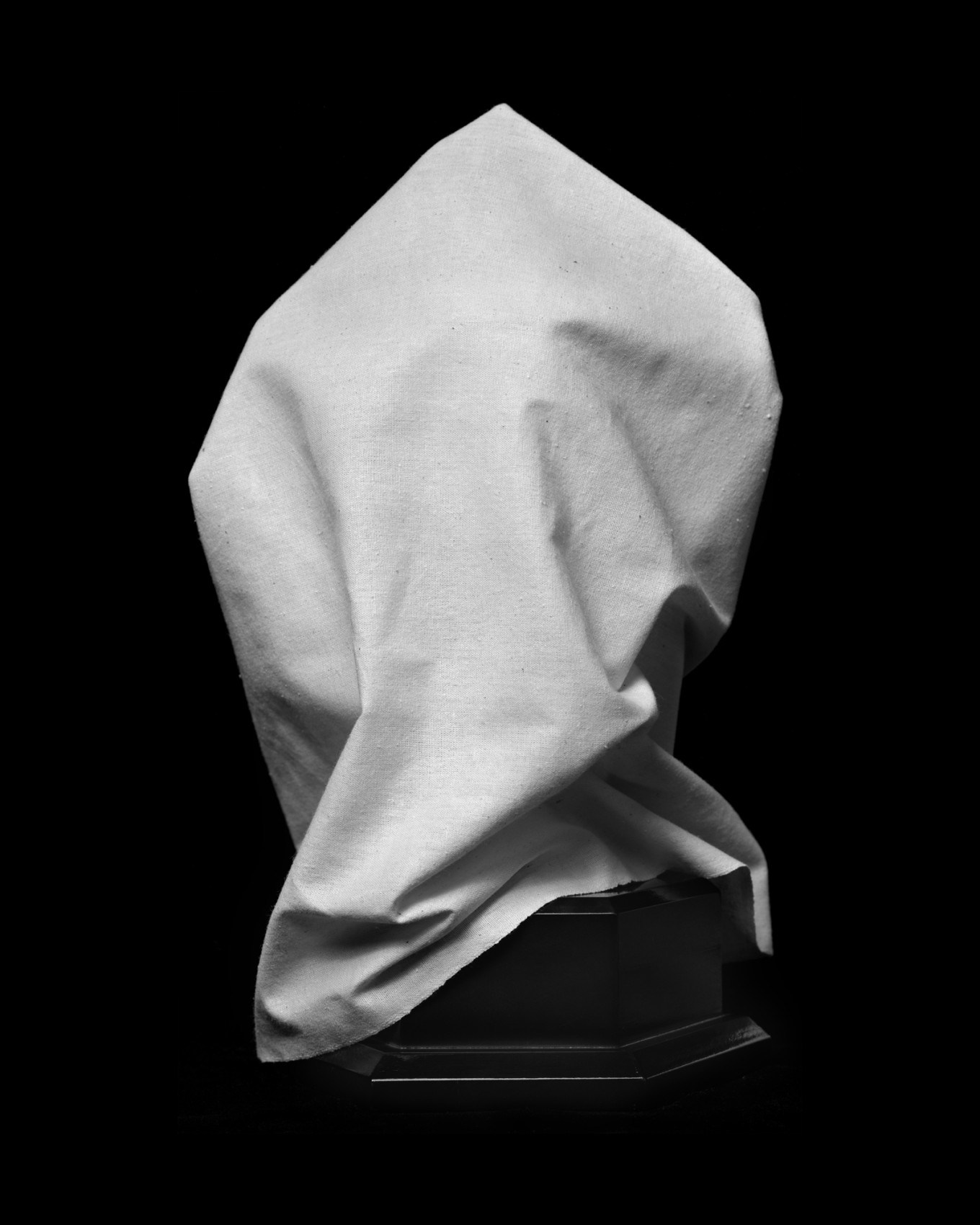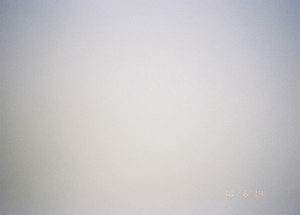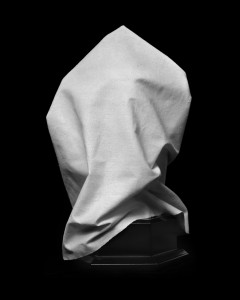Catalogue essay for Will Nolan solo show ‘Where to Now’
Felt Space Gallery
Adelaide, South Australia,
3rd to 19 July 2014
‘the humanisation of time and space is a response to the glimpse of pure duration that is impossible to bear’
We are travelling fast. Too fast for markers or monuments. Too fast to gather ourselves. Images spin out from us, multiplying beyond reckoning, out of all sight and knowledge.
Memory compels us, and production impels us. We ache to anchor ourselves in an image, (to say ‘this is I when’), to have space and time fall into form around us.
We were once held in the image, photographs were markers and waypoints of time met and passed/past. Spaces to inhabit and reinhabit in their material life. The photograph’s graphis that records and holds us in place. The camera’s clever eye that says to us we are here and recorded, not lost, not scattered. That says this is the way to navigate.
We stretch ourselves across the image’s surface, on thinned, fugitive screens, images endlessly made and shed. The means of production have defeated us. Ceaseless generation collapses mass into mass and we are unanchored. Time flatlines and there is nowhere to dwell in these scraped membranes of light and colour. We are here and not here, recorded but lost, tied to the dead logic of production.
Here there are photographs, some seem as we might expect, some diffuse fields of light and colour, light and dark, time passing before the camera. There are objects in these images but they are oblique, occluded, stand-ins for something else. This is not what we expected.
They have almost the air of artefacts from another time. They are made, material, beautiful, they persist and ask us to persist. What is here is not yet apparent, we need to step lightly, to be open to what may be offered.
This reads almost as a portrait, from left to right, the camera and its relations, the camera and us. These are relations that are delicate, unspoken. Like families careful navigations, there are beliefs and rules that we know for lies but keep faith in nonetheless. We preserve the surface. We skim. We float.
The image’s time stamp ties us to a point, commands us to set date and time, to cleave one instant from all others. Writing this my computer, threatening aberration implores me to decide on a time. Months, days, moments, whisper past me, a susurration of time. There are no images that attach to these flickering dates, my moments are free-floating in this scrolling span, I can’t recall if it’s 1999 or not, it could be 1977. Unattached except to me, loosed from the calendar’s control, every live moment endures.
Here, within the camera’s frame the image dissolves, dematerialises, becomes light and colour, cloud like, landscape like, date and time float free, it catches only the time passing through its eye. Time fattens out and every moment is here, the lived, unrecalled moments, the time that whispers past yet lives in us. Every moment hovers within, possible and immanent. Here, within these frames we can dwell.
Far from truth, we have co-opted the camera into our prolonged dreaming. Almost reduced it to voyeur complicit in our fabulations of self.
This camera turns inwards, resists our desire to see the thing, the secret, the detail that punctures and explains it all. The ‘I’ stripped bare. It’s what we all want, what we all come to see, this endless peepshow of self. The ‘I’ slides and hides, the camera refuses the demanded revelation and gives you luminous silver and dark, time passing before its eye, a dream of I, a mystery.
The dance of self, performed before the camera we’ve made mirror, (‘we need to dance, we don’t have the time for psychological romance’) a one two of creation and validation that here is the right ‘I’. An ‘I’ stripped down for consumption. A depthless dream of self that skims the surface of lived time. We float where we must plunge, dive, submerge.
They persist delicately in their refusal of revelation, the too easy ‘truth’, their denial of our desire to see it all. They are anchored and they anchor us. They are spaces that pull at us. We need, we crave the expanded moment that hovers within the frame.
It seems somehow that the light has travelled further, light years to reach here, to be before and enter into the camera. Slowness is needed, not speed. Scarcity not production’s voracity, we dissolve ourselves into the nothingness of multiplicity.
We want to say ’I have made I ’. They say to us that this is not possible, this is not what we seek, that we should look to what is unseen, that lives at the edge of the frame, to the lived time that we have been through and in and forgotten. That we should dive into time’s slow gravitational pull, that we should look and see and gather ourselves up once more.
Jemima Kemp, 2014
[1] Will Nolan, You Were There, I Was Here 2014, C-Type print. Courtesy Will Nolan
[2] Will Nolan, Will You Remember Me, 2014, Archival Ink Jet print,52 x65cm. Courtesy Will Nolan


 [1]
[1] [2]
[2]
Comments (0)